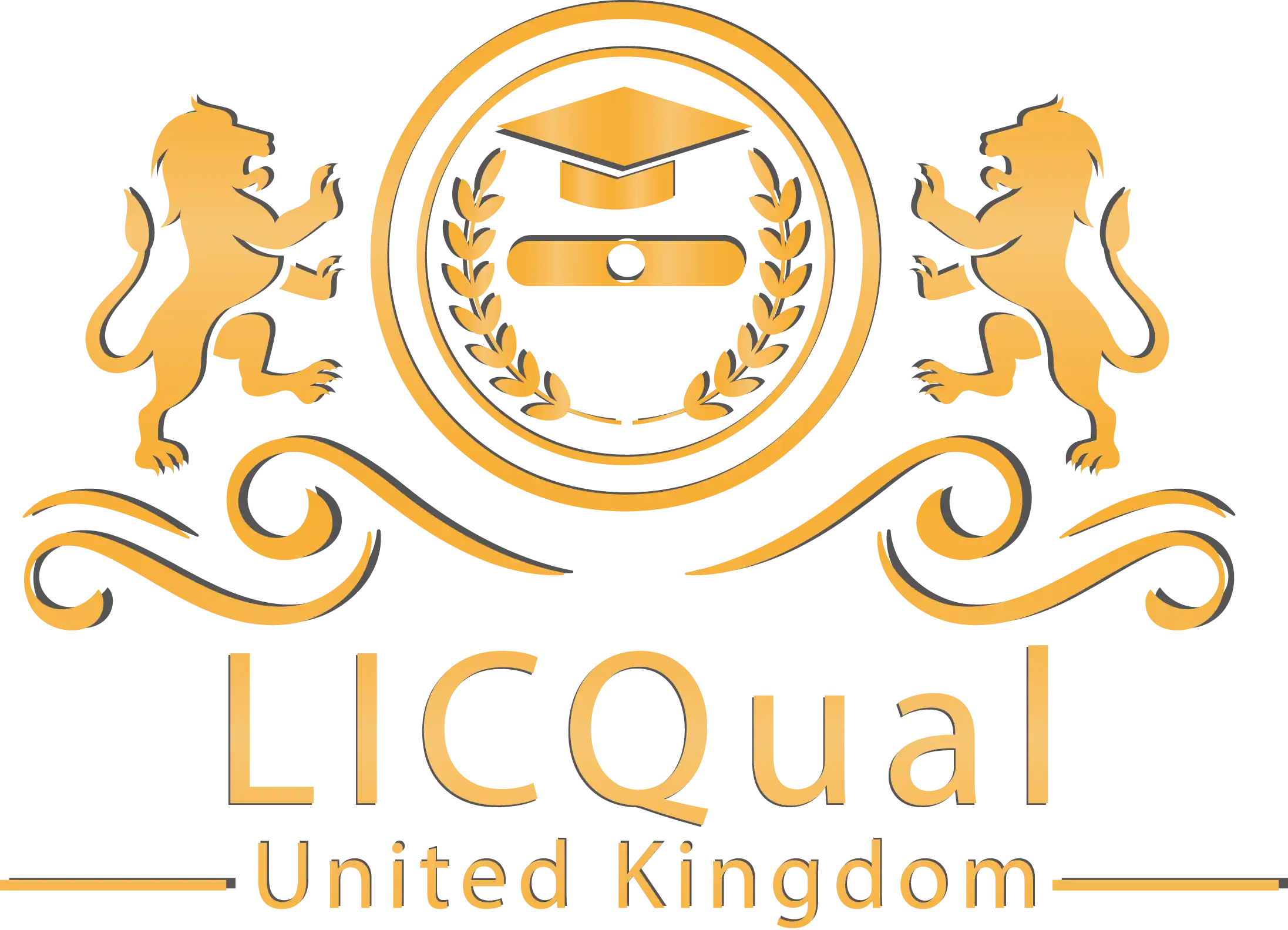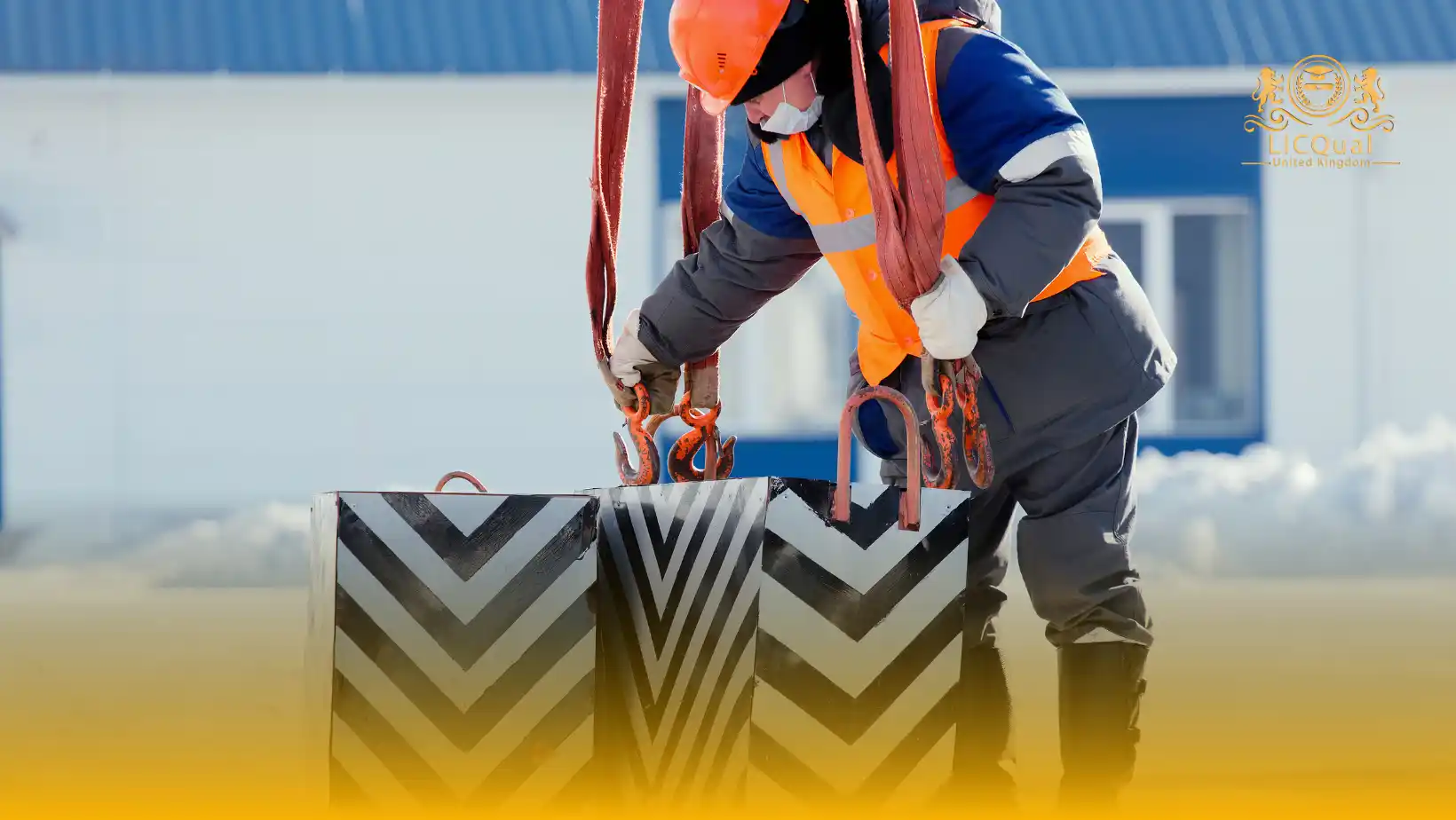Unlock your career potential with the LICQual Combined Level 3 Certificate in Banksman, Slinger & Rigger. This comprehensive training program is designed to equip you with the essential skills and knowledge required to excel in the critical roles of banksman, slinger, and rigger. Whether you’re looking to advance in construction, engineering, or any industry involving lifting operations, this course offers in-depth training in safety management, risk assessment, advanced slinging techniques, and legal compliance.
By completing this course, you’ll gain the confidence and certification needed to oversee complex lifting operations safely and effectively. Get ready to boost your career and become a trusted expert in the field of lifting and rigging with this industry-recognized qualification.
The LICQual Combined Level 3 Certificate in Banksman, Slinger & Rigger offers a comprehensive learning experience for professionals who want to enhance their proficiency in lifting operations. This course covers everything from advanced communication techniques and risk assessment to health and safety management and legal responsibilities. You will gain hands-on expertise in supervising lifting operations, applying advanced slinging methods, and understanding the legal frameworks surrounding lifting operations.
Throughout the course, you’ll delve into practical training and theoretical knowledge that prepares you for the challenges of coordinating and executing safe and efficient lifting operations in a variety of industries. Upon successful completion, you will be equipped to meet the high standards of safety and compliance required in the field, ensuring you stand out as a highly qualified professional in the lifting sector.
Course Overview
Qualification Title
LICQual Combined Level 3 Certificate in Banksman, Slinger & Rigger
Total Units
6
Total Credits
24
GLH
120
Qualification #
LICQ2200209
Qualification Specification
To enroll in the LICQual Combined Level 3 Certificate in Banksman, Slinger & Rigger, pplicants must meet the following criteria:
|
Qualification# |
Unit Title |
Credits |
GLH |
|---|---|---|---|
|
LICQ2200209-1 |
Advanced Health & Safety in Lifting Operations |
4 |
20 |
|
LICQ2200209-2 |
Complex Risk Assessment and Management |
4 |
20 |
|
LICQ2200209-3 |
Supervisory Roles and Responsibilities |
4 |
20 |
|
LICQ2200209-4 |
Emergency Response Procedures for Lifting Operations |
4 |
20 |
|
LICQ2200209-5 |
Lifting Equipment Inspection & Maintenance |
4 |
20 |
|
LICQ2200209-6 |
Lifting Plans, Risk Assessments, and Method Statements |
4 |
20 |
By the end of this course, learners will be able to:
Advanced Health & Safety in Lifting Operations
- Demonstrate an in-depth understanding of advanced health and safety protocols for lifting operations.
- Identify and mitigate health and safety risks associated with lifting tasks and equipment.
- Implement best practices to ensure the protection of workers and equipment in lifting environments.
- Evaluate the effectiveness of health and safety measures and suggest improvements.
Complex Risk Assessment and Management
- Conduct detailed risk assessments for complex lifting operations, identifying potential hazards.
- Apply advanced risk management techniques to mitigate and control risks effectively.
- Create risk management plans that align with industry standards and regulatory requirements.
- Regularly review and update risk assessments to address new or evolving risks in lifting operations.
Supervisory Roles and Responsibilities
- Understand the key responsibilities and skills required for supervising lifting operations.
- Demonstrate leadership in ensuring compliance with safety standards and operational procedures.
- Coordinate and manage lifting teams, ensuring clear communication and effective teamwork.
- Resolve issues and conflicts that arise during lifting operations to maintain a safe working environment.
Emergency Response Procedures for Lifting Operations
- Develop and implement emergency response procedures for various lifting-related incidents.
- Train lifting teams to react quickly and effectively in case of accidents or emergencies.
- Identify and manage potential emergency scenarios, ensuring minimal risk to personnel and equipment.
- Evaluate the effectiveness of emergency procedures through regular drills and simulations.
Lifting Equipment Inspection & Maintenance
- Understand the importance of regular inspection and maintenance for lifting equipment.
- Perform detailed inspections to identify faults or damage in lifting gear and equipment.
- Create maintenance schedules and plans to ensure the continued safety and functionality of lifting equipment.
- Adhere to regulatory standards and industry best practices for the inspection and maintenance of lifting machinery.
Lifting Plans, Risk Assessments, and Method Statements
- Develop detailed lifting plans, ensuring they address all potential risks and hazards.
- Produce accurate and comprehensive risk assessments and method statements for lifting operations.
- Integrate lifting plans and risk assessments to ensure safe and efficient lifting procedures.
- Review and update lifting plans and method statements in response to changes in operational or environmental conditions.
This diploma is ideal for:
Assessment and Verification
All units within this qualification are subject to internal assessment by the approved centre and external verification by LICQual. The qualification follows a criterion-referenced assessment approach, ensuring that learners meet all specified learning outcomes.
To achieve a ‘Pass’ in any unit, learners must provide valid, sufficient, and authentic evidence demonstrating their attainment of all learning outcomes and compliance with the prescribed assessment criteria. The Assessor is responsible for evaluating the evidence and determining whether the learner has successfully met the required standards.
Assessors must maintain a clear and comprehensive audit trail, documenting the basis for their assessment decisions to ensure transparency, consistency, and compliance with quality assurance requirements.

